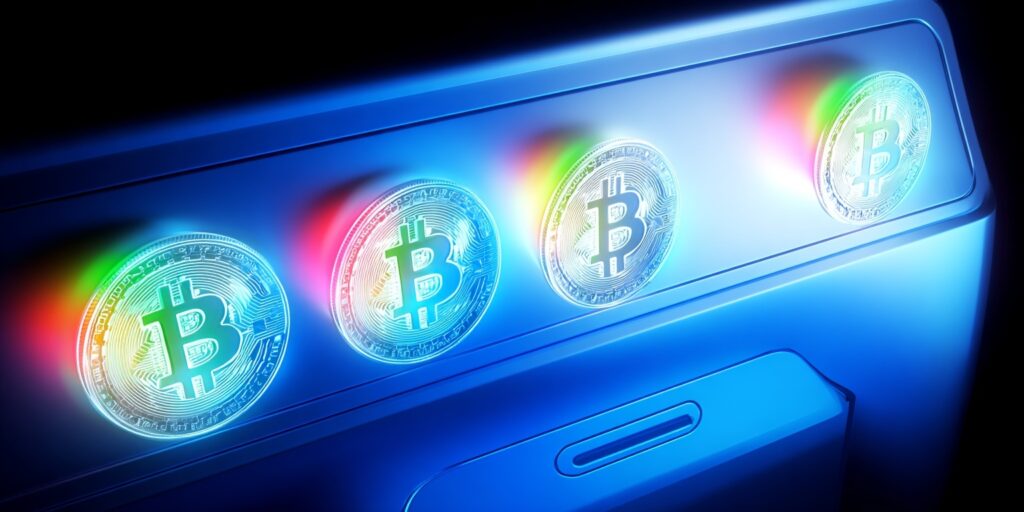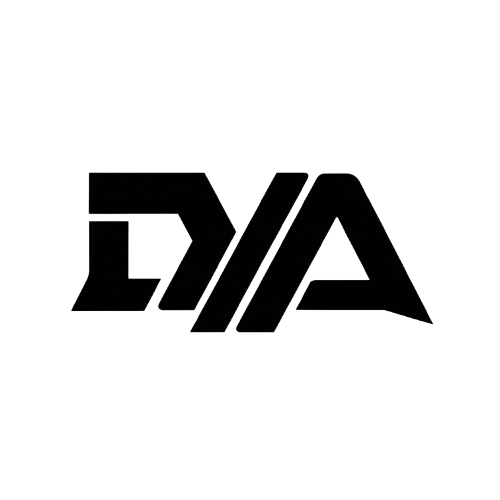Understanding the Battle Between Open Finance and Centralized Platforms
Cryptocurrency isn’t just about price speculation — it’s about rebuilding the financial system from the ground up. That’s where two competing visions emerge: DeFi (Decentralized Finance) and CeFi (Centralized Finance).

Both allow you to buy, swap, and invest in crypto assets.
Both give you access to yields, trading, and liquidity.
But how they do it — and what control you have — is fundamentally different.
In this article, we’ll break down:
- What CeFi and DeFi actually mean
- Key differences in custody, access, and risk
- Benefits and drawbacks of each
- Examples of top platforms in both categories
- How to choose the right path for your goals
🏦 What Is CeFi (Centralized Finance)?

CeFi is crypto’s version of traditional finance.
You sign up on a centralized platform (like Coinbase or Binance), deposit your money, and the platform does everything for you.
- They custody your crypto
- They process your trades
- They offer staking, lending, and margin
- They’re often licensed, insured, and KYC-compliant
You get a clean UX, responsive customer service, and fiat on-ramps — but you give up custody and control.
Popular CeFi Platforms:
- Coinbase – U.S.-regulated, easy for beginners
- Kraken – Secure, pro features
- Binance – Massive global exchange
- OKX – Multi-chain, advanced trading tools
- Bybit – Derivatives and margin-heavy
Want to explore more options?
🔗 Read our Exchange Guide →
🔓 What Is DeFi (Decentralized Finance)?
DeFi removes the middleman. You interact directly with smart contracts on-chain. No account creation. No customer support. No CEO.
DeFi gives you:
- Full custody (your keys, your coins)
- Permissionless access (no KYC, no gatekeeping)
- Transparent code (anyone can audit the system)
- Interoperable protocols that work like financial LEGO
You use a wallet (like MetaMask or Phantom), connect to dApps, and manage everything yourself.
Popular DeFi Platforms:
- Uniswap (Ethereum) – Swap tokens P2P
- Jupiter (Solana) – DEX aggregator with the best route
- Curve – Stablecoin swaps
- Aave – Lending/borrowing
- GMX – Decentralized perpetuals trading
⚖️ Key Differences Between DeFi and CeFi
Let’s break down the core differences between DeFi and CeFi across critical dimensions:
🔐 1. Custody (Who Controls Your Funds)
| CeFi | DeFi |
|---|---|
| Platform holds your private keys | You hold your private keys |
| You must trust the company to secure your funds | You’re fully responsible for wallet security |
| Easier recovery if you lose access | If you lose your seed phrase, your assets are gone |
TL;DR: CeFi is safer for beginners; DeFi is sovereign but unforgiving.
🌎 2. Accessibility & Censorship Resistance
| CeFi | DeFi |
|---|---|
| Requires KYC, ID, and often geo-restrictions | Open to anyone with a wallet and internet |
| Can freeze accounts or restrict withdrawals | Smart contracts don’t discriminate |
| Customer support available | No centralized party to “ask” — code is law |
TL;DR: DeFi is borderless. CeFi plays by government rules.
💵 3. Fees & Transparency
| CeFi | DeFi |
|---|---|
| Flat fees or % cuts, sometimes hidden | Gas fees are public and often lower at scale |
| Revenue goes to the company | Revenue is distributed to LPs or token holders |
| Operations are opaque | Everything is visible on-chain |
TL;DR: DeFi is more transparent; CeFi is more polished (but takes a cut).
🚀 4. Speed, UX & Complexity
| CeFi | DeFi |
|---|---|
| Fast, clean UI — built for simplicity | Can be confusing, requires manual interaction |
| Ideal for spot buys and easy staking | Powerful once learned: LPing, yield farming, leverage |
| Few chains supported | Multi-chain access across ecosystems |
TL;DR: CeFi is smoother. DeFi is like Photoshop — messy but powerful.
⚠️ 5. Risk & Trust Model
| CeFi | DeFi |
|---|---|
| Trust the company (centralized risk) | Trust the code and network (decentralized risk) |
| Vulnerable to hacks and fraud | Vulnerable to bugs, rugpulls, and exploits |
| Can be insured or regulated | No guarantees, but often audited |
TL;DR: CeFi is familiar risk. DeFi is frontier risk.
🧭 When Should You Use DeFi or CeFi?
Both systems serve different needs — and most users end up using both depending on what they’re trying to do.
✅ When to Use CeFi
- You’re a beginner and want a simple UI
- You need to convert fiat (USD, EUR, etc.) into crypto
- You want customer support or FDIC-like protection
- You prefer regulation, transparency, and centralized oversight
- You’re in a jurisdiction where DeFi access is blocked or limited
Best for: Onboarding, fiat ramps, long-term spot holds
✅ When to Use DeFi
- You want full control of your crypto (no third-party risk)
- You want access to fast-moving altcoins or Solana tokens before listings
- You participate in DeFi-native activities (staking, farming, lending, DAOs)
- You value anonymity and self-custody
- You understand how to use wallets like MetaMask or Phantom
Best for: Advanced users, yield seekers, builders, and sovereign asset holders
🔁 Most Users Mix Both (CeDeFi)
In reality, most people use both.
Example Workflow:
- Buy USDC on Coinbase (CeFi)
- Withdraw to Phantom Wallet (DeFi)
- Trade tokens on Jupiter or Raydium (DeFi)
- Stake LP tokens in a yield farm
- Monitor and track using both TradingView and Birdeye
This hybrid model is called CeDeFi — where you use centralized platforms to access decentralized ecosystems.
🧠 Final Takeaways
| Area | CeFi | DeFi |
|---|---|---|
| Custody | Company holds your crypto | You hold your crypto |
| Access | Permissioned | Permissionless |
| UX | Smooth & beginner-friendly | Raw but powerful |
| Risk | Centralized failures | Smart contract bugs, rugpulls |
| Transparency | Black box | Fully visible on-chain |
Both systems have trade-offs — the key is knowing what you’re opting into.
📚 Keep Learning
Want to go deeper into each type of platform?










